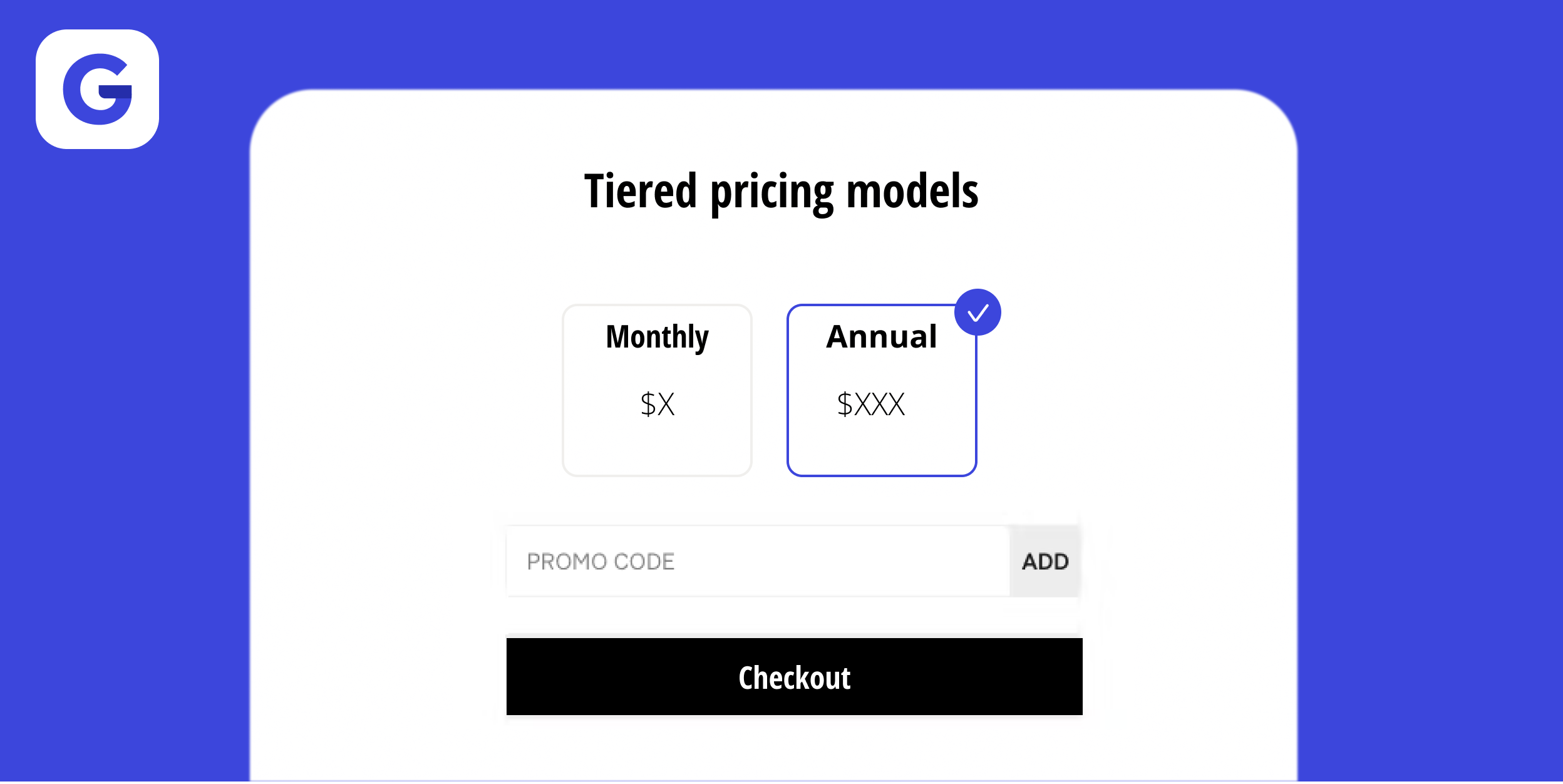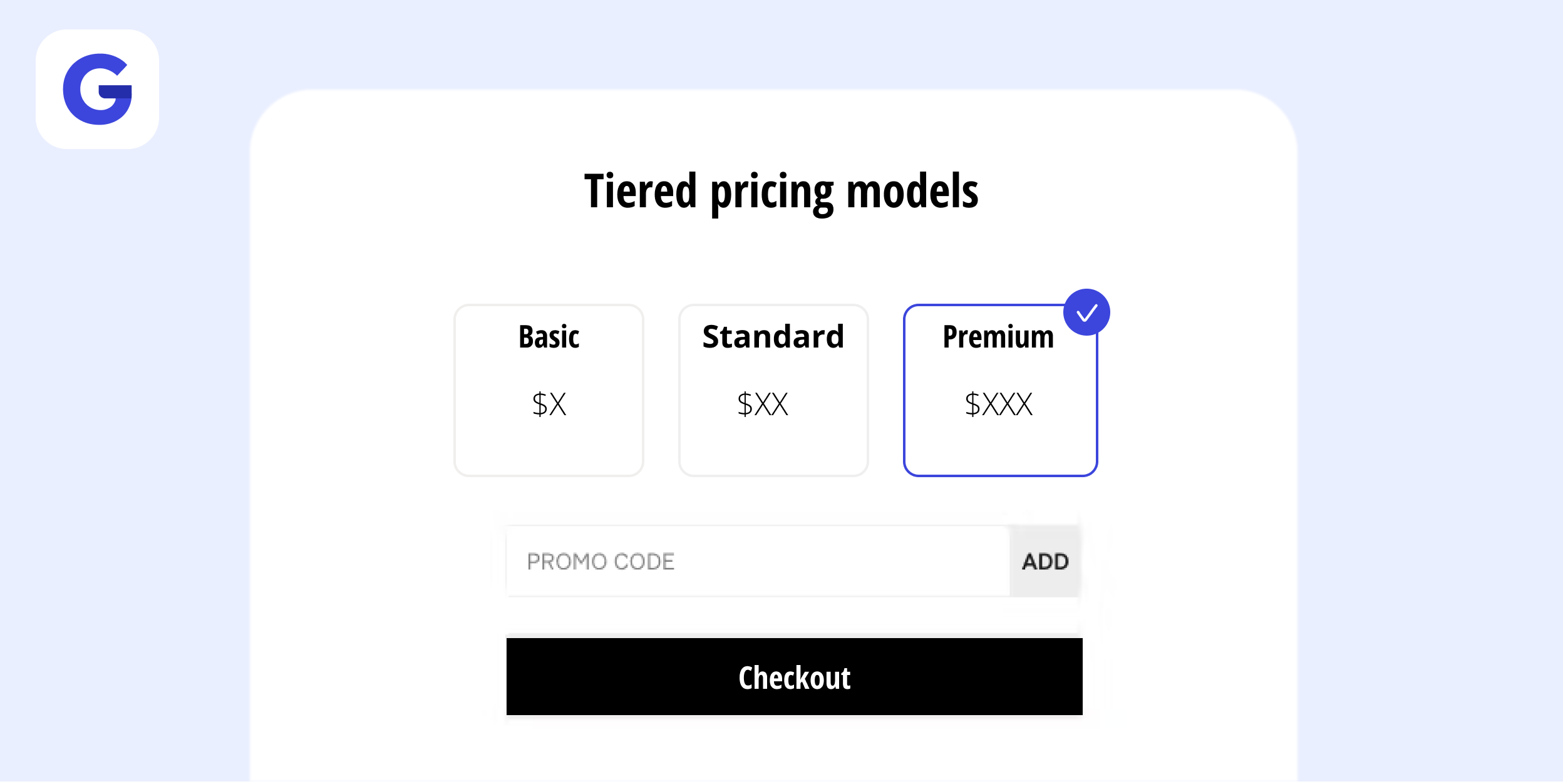
The Importance of Streamlined Business Payments: How to Improve Efficiency and Reduce Costs
As a business owner or manager, you know that cash flow is critical to the success of your company. One of the most significant factors that can impact cash flow is the efficiency of your payment processing systems. If your business payments are not streamlined, it can lead to delays, errors, and increased costs. In this blog post, we will explore the importance of streamlined business payments and provide some tips on how you can improve efficiency and reduce costs. Why Streamlined Business P
by Growpay
As a business owner or manager, you know that cash flow is critical to the success of your company. One of the most significant factors that can impact cash flow is the efficiency of your payment processing systems. If your business payments are not streamlined, it can lead to delays, errors, and increased costs. In this blog post, we will explore the importance of streamlined business payments and provide some tips on how you can improve efficiency and reduce costs.
Why Streamlined Business Payments are Important
There are several reasons why streamlined business payments are essential. First, they improve efficiency. When your payment processing systems are streamlined, you can process payments faster, which means your cash flow will improve. You can also reduce the risk of errors, which can lead to costly mistakes and delays.
Second, streamlined business payments can help you reduce costs. When you have an efficient payment system, you can reduce the number of staff hours required to process payments, which can save you money. You can also reduce the risk of fraud and chargebacks, which can be costly for your business.
Finally, streamlined business payments can help you improve customer satisfaction. When you can process payments quickly and accurately, your customers are more likely to be satisfied with your service. This can lead to repeat business and positive reviews, which can help you attract new customers.
Tips for Improving Efficiency and Reducing Costs
Now that we have discussed the importance of streamlined business payments, let's look at some tips for improving efficiency and reducing costs.
Use Automated Payment Systems
One of the best ways to streamline your payment processing systems is to use automated payment systems. Automated payment systems can help you process payments faster and more accurately, which can save you time and money. They can also help you reduce the risk of errors and fraud, which can be costly for your business.
Consolidate Payment Channels
Consolidating your payment channels can also help you streamline your payment processing systems. If you have multiple payment channels, it can be challenging to keep track of all the payments coming in and going out. Consolidating payment methods by leveraging payment orchestrators, can help you simplify your payment processing systems, which can save you time and money.
Use Payment Analytics
Using payment analytics can help you identify areas where you can improve your payment processing systems. Payment analytics can help you track payment trends, identify potential issues, and make data-driven decisions. This can help you improve efficiency and reduce costs.
Streamlined business payments are critical to the success of your business. They can help you improve efficiency, reduce costs, and improve customer satisfaction. By using automated payment systems, consolidating payment channels, implementing payment policies and procedures, and using payment analytics, you can streamline your payment processing systems and improve your business's cash flow.
The Future of Business Transactions: Exploring the Latest Payment Technologies
In today's fast-paced world, payment technologies are changing at an unprecedented pace. With the rise of digital and mobile payments, businesses are looking for new ways to streamline their payment processes and improve customer experiences.
Here are some of the latest payment technologies that are shaping the future of business transactions:
Mobile Payments
Mobile payments are becoming increasingly popular as more consumers rely on their smartphones to make purchases. Popular mobile payment options include Apple Pay, PayPal, and Google Pay. These services allow users to store their credit or debit card information in a mobile wallet and make payments directly from their phone, without the need for physical cards.
Contactless Payments
Contactless payments are another popular payment option that is gaining momentum. These payments use near field communication (NFC) technology to enable customers to pay for purchases by simply tapping their credit or debit card on a contactless-enabled terminal. This technology is becoming increasingly popular in retail and hospitality environments, where customers are looking for fast and convenient payment options.
Cryptocurrency Payments
Cryptocurrency payments are another emerging payment technology that is gaining traction. Cryptocurrencies are digital currencies that use encryption techniques to regulate the generation of units of currency and verify the transfer of funds. While still in their infancy, cryptocurrencies have the potential to revolutionize the way we make payments, with faster transactions, lower fees, and increased security.
Biometric Payments
Biometric payments are another exciting development in payment technology. Biometric payments use fingerprint scanners or facial recognition technology to verify a customer's identity and make payments. This technology provides an added layer of security, as it is very difficult to replicate someone's unique biometric information.
The future of business transactions is rapidly evolving, with new payment technologies emerging every day. As businesses look to streamline their payment processes and improve customer experiences, these new technologies will play an increasingly important role in shaping the way we make payments. Whether it's mobile payments, contactless payments, cryptocurrency payments, or biometric payments, the future of business transactions is looking very exciting indeed.
The Top Payment Processing Solutions for Small Businesses: Choosing the Right Provider for Your Needs
Small businesses need payment processing solutions that are reliable, secure, and affordable. With so many options available, it can be overwhelming to choose the right provider. In this section, we'll discuss the top payment processing solutions for small businesses and help you make an informed decision.
Square
Square is a popular payment processing solution for small businesses that offers a free card reader and an easy-to-use mobile app. Square also offers additional features such as invoicing, payroll, and inventory management.
PayPal
PayPal is another well-known payment processing solution for small businesses. It offers a variety of payment options including Buy Now Pay Later (BNPL).
Stripe
Stripe is a payment processing solution that is popular among developers and online businesses. It offers a flexible API that allows businesses to customize their payment processing experience.
Authorize
Authorize is a payment processing solution that is popular among small businesses that have an online presence. It offers a variety of payment options including credit and debit cards, PayPal, and Apple Pay.
Choosing the Right Provider
When choosing a payment processing solution, it's important to consider your business's specific needs. Here are some factors to consider:
Cost - Compare the fees of different payment processors to find the most affordable option for your business.
Payment options - Make sure the payment processor offers the payment options your customers prefer.
Security - Look for a payment processor that uses secure encryption and fraud prevention measures.
Integration - If you use other software for your business, make sure the payment processor integrates with it.
By considering these factors and researching the top payment processing solutions for small businesses, you can choose the right provider for your needs and streamline your payment processing.
Going Global: Navigating Cross-Border Payments for International Business
Expanding your business globally can be an exciting opportunity for growth and success. However, cross-border payments can be a major hurdle in this process. In this post, we’ll explore some of the challenges of cross-border payments and provide some tips on how to navigate them.
The Challenges of Cross-Border Payments
Currency Conversion
One of the biggest challenges of cross-border payments is currency conversion. When you do business in another country, you’ll likely be dealing with a different currency. This means that you’ll need to convert your payments from your currency to the local currency. Currency conversion can be a complex process, and the exchange rates can fluctuate rapidly. This can lead to unexpected costs and losses.
Regulatory Compliance
Regulatory compliance is another major challenge when it comes to cross-border payments. Different countries have different regulations and requirements for international transactions. Failure to comply with these regulations can result in fines and legal consequences.
Payment Processing
Payment processing can also be a challenge when it comes to cross-border payments. Different countries have different payment systems, and some countries may not have the same level of technological infrastructure as others. This can lead to delays and errors in payment processing.
Tips for Navigating Cross-Border Payments
Use a Payment Processor
Using a payment processor such as Wise can help simplify the process of cross-border payments. Payment processors have the expertise and infrastructure to handle currency conversion and regulatory compliance. They can also help speed up payment processing and reduce errors.
Choose the Right Payment Method
Choosing the right payment method is also important when it comes to cross-border payments. Different payment methods have different fees and processing times. Some payment methods may not be available in certain countries. It’s important to do your research and choose the payment method that’s best for your business.
Monitor Exchange Rates
Monitoring exchange rates can help you save money when it comes to cross-border payments. Exchange rates can fluctuate rapidly, so it’s important to keep an eye on them and make your payments when the exchange rate is most favorable.
Stay Up to Date on Regulations
Staying up to date on regulations is crucial when it comes to cross-border payments. Make sure to research the regulations in the countries where you do business and stay abreast of any changes.
Cross-border payments can be a major challenge for international businesses. However, by using a payment processor, choosing the right payment method, monitoring exchange rates, and staying up to date on regulations, you can navigate these challenges and successfully expand your business globally.
The Risks of Late Payments: How to Avoid Financial Setbacks and Maintain Strong Relationships
As a small business owner, late payments can have a significant impact on your financial stability. It's not just a matter of money not coming in on time - it can affect your ability to pay bills and suppliers, and ultimately, your ability to keep your business afloat. In addition to the financial setbacks, there are also risks to your professional relationships with clients and customers. In this post, we'll explore the risks of late payments and provide tips on how to avoid them.
The Risks of Late Payments
The risks of late payments can be significant, both financially and in terms of relationships with clients and customers. Here are some of the most notable risks:
Cash Flow Issues
Late payments can cause cash flow issues for your business, leaving you unable to pay bills and suppliers on time. This can lead to late fees, penalties, and even damage to your credit score. In the worst-case scenario, it could even lead to bankruptcy.
Strained Relationships
Late payments can put a strain on your relationships with clients and customers. They may become frustrated with the delay in payment and start to question your reliability. This can damage your reputation and lead to a loss of business in the future.
Legal Issues
In some cases, late payments can lead to legal issues. If a client or customer refuses to pay, you may have to take legal action to recover the money owed. This can be both time-consuming and expensive, and it can also damage your professional relationships.
How to Avoid Late Payments
Fortunately, there are steps you can take to avoid late payments and minimize the risks associated with them. Here are a few tips:
Set Clear Payment Terms
Make sure your payment terms are clear from the outset. This includes the payment due date, late payment fees, and any other relevant information. Communicate these terms clearly to your clients and customers, and include them in your contracts and invoices.
Follow Up Early and Often
Don't wait until a payment is late to follow up. Instead, send reminders before the due date and follow up promptly if a payment is missed. This can help prevent late payments from occurring in the first place and show your clients and customers that you are serious about getting paid on time.
Consider Payment Incentives
Consider offering incentives for early payment, such as a small discount or other reward. This can encourage clients and customers to pay on time and help you maintain positive relationships.
Use an Invoicing System
Consider using an invoicing system or expense management platforms to help you manage payments and track due dates. This can make it easier to follow up on late payments and ensure that you are paid on time.
Late payments can have significant risks for small business owners, both financially and professionally. However, by setting clear payment terms, following up early and often, offering payment incentives, and using an invoicing system, you can minimize these risks and maintain strong relationships with your clients and customers.
Streamlined business payments are crucial for efficiency, cost reduction, and customer satisfaction. By implementing automated systems, consolidating payment channels, using payment analytics, and leveraging emerging technologies like mobile payments, contactless payments, cryptocurrency payments, and biometric payments, businesses can improve their payment processing efficiency and reduce costs. Choosing the right payment processing solution and effectively navigating cross-border payments are vital for global expansion. Additionally, avoiding late payments through clear payment terms, proactive follow-ups, and incentives, and efficient invoicing systems helps maintain financial stability and positive relationships. Prioritizing streamlined payments empowers businesses to optimize cash flow and achieve sustainable success.
About Growpay
Growpay is an online marketplace, helping simplify payment discovery for businesses worldwide. For more information, visit www.growpay.co.
Relevant Articles

Understanding Subscription Billing Solutions
Subscription billing has become increasingly popular in recent years, with more and more businesses adopting this model to offer their products or services. From streaming platforms to software companies, subscription-based business models have proven to be successful and profitable. However, managing subscription billing can be complex and time-consuming without the right solution in place. In this blog post, we will dive deep into the world of subscription billing solutions and explore why bu

Why Businesses Need Recurring Billing Software in 2024
In today's fast-paced business environment, businesses are constantly looking for ways to optimize their processes and improve their bottom line. One area where efficiency can be greatly enhanced is in billing and payment management. Recurring billing software offers a powerful solution for businesses that have recurring revenue streams, such as subscription-based services or membership programs. With the ability to automate invoicing, manage subscriptions, and integrate with multiple payment g

What is a Payment Gateway and Why Your Business Needs One
Any business that accepts cashless transactions needs a payment gateway. A payment gateway is a tool that captures card information and securely transfers payment data from a customer to the acquirer, and then transfers the payment acceptance or decline back to the customer. If approved, the funds transfer to your business account. Why do you need a payment gateway? A payment gateway is necessary to validate a customer’s card details securely, ensuring funds are available for the purchase — s